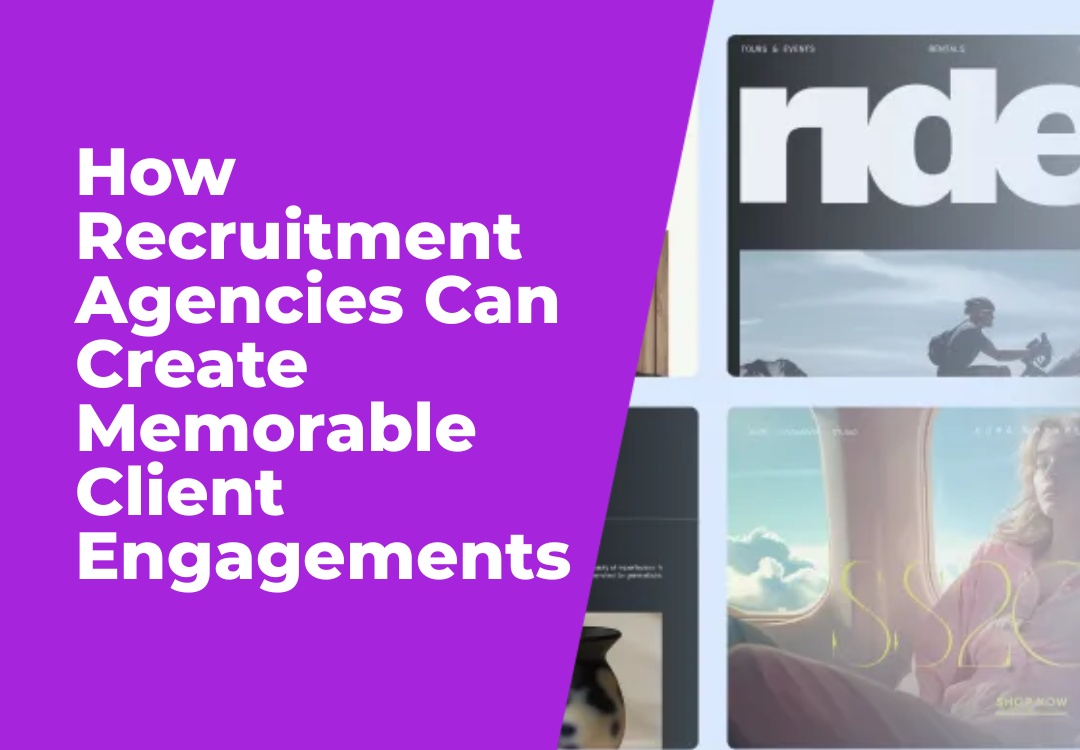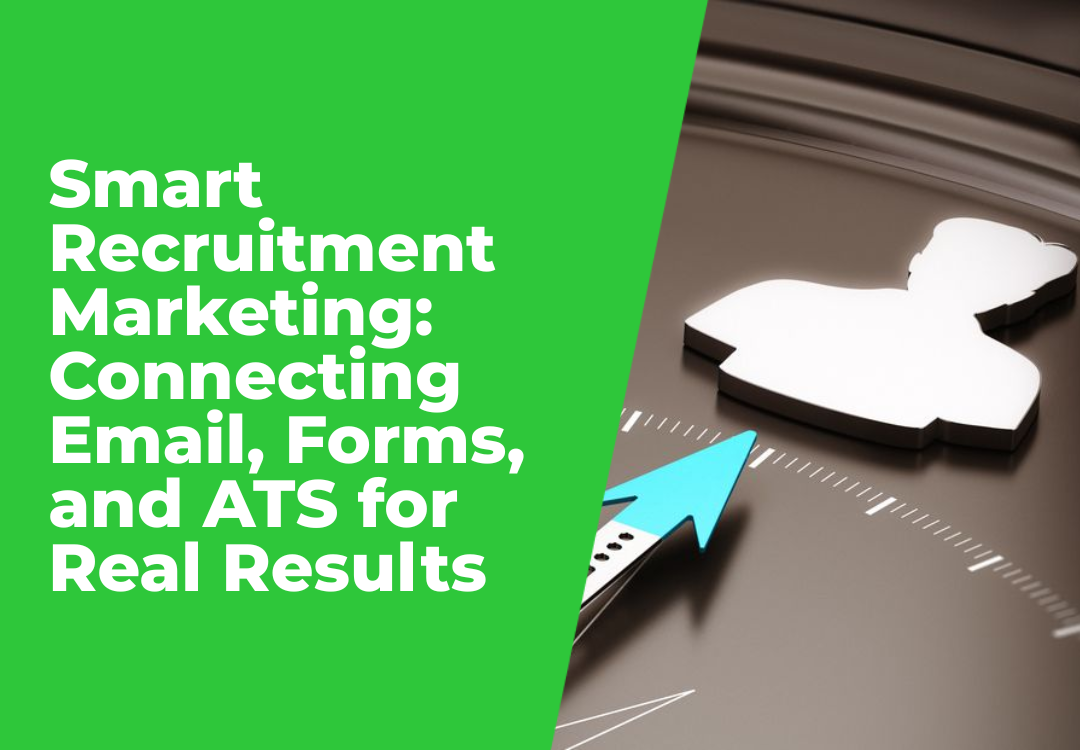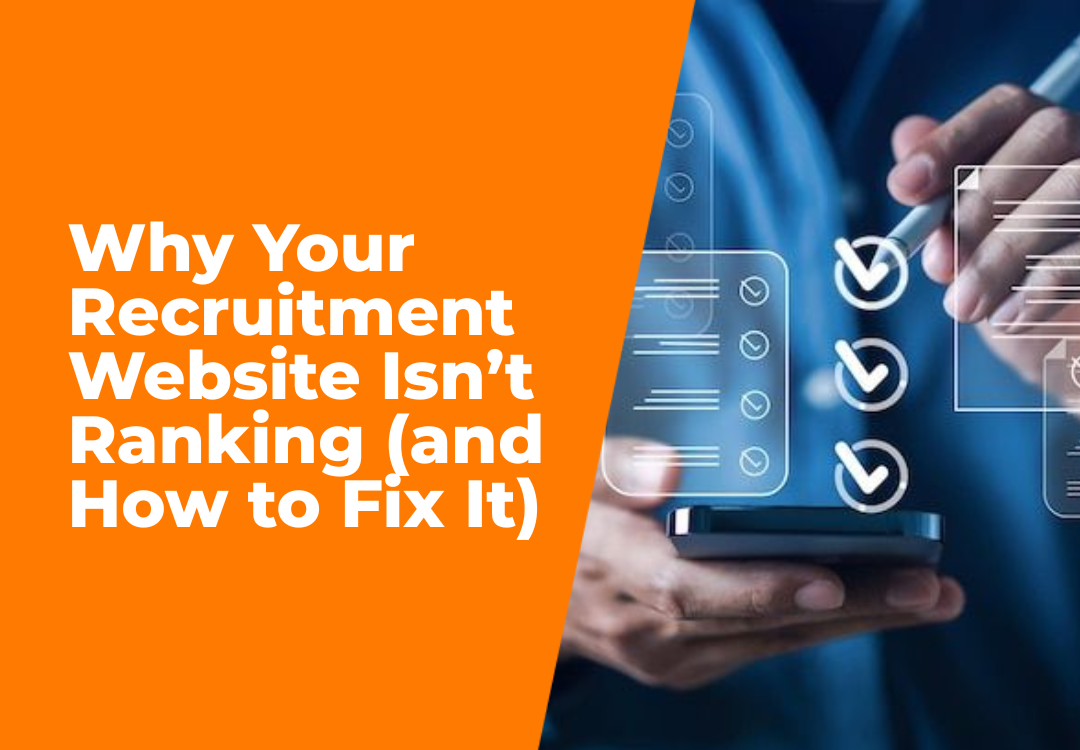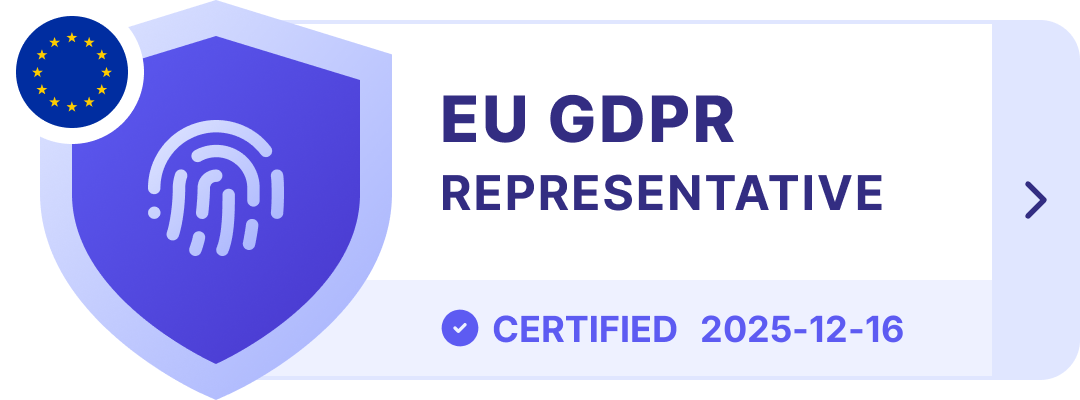TBA- Why is Social Media Important for Recruitment?
Nicole Clarke • September 17, 2020
You may have noticed that an increasing number of young people spend time on social media platforms such as Facebook, Twitter, and Instagram. They devote so much time to them, however, that it is nearly impossible to reach them in any other way.
This is the exact type of connection you require to reach a new type of worker. This employee is completely accustomed to using digital platforms and computers; they are highly adaptable and easily adapt to new technologies and ideas; and, best of all, they can work at any time of day. Youth are accustomed to staying up all night using their social media profiles to communicate with friends, read up on interesting trivia and celebrities they admire, and learn more about what their friends and acquaintances are up to.
Inserting your own advertisement and job position ads between those articles and posts is an excellent way to reach them and pique their interest in applying for your job offer.
This is the exact type of connection you require to reach a new type of worker. This employee is completely accustomed to using digital platforms and computers; they are highly adaptable and easily adapt to new technologies and ideas; and, best of all, they can work at any time of day. Youth are accustomed to staying up all night using their social media profiles to communicate with friends, read up on interesting trivia and celebrities they admire, and learn more about what their friends and acquaintances are up to.
Inserting your own advertisement and job position ads between those articles and posts is an excellent way to reach them and pique their interest in applying for your job offer.
Don’t take the bait—social media IS important!
Making the effort to rock your customers’ worlds through the effective use of social media will pay off for your business , here’s how!
Social media increases your brand’s visibility
Just as there are plenty of fish in the social media sea, there are also a TON of boats looking to land a big catch. Ensuring your business and brand are present and active on multiple social channels will create the opportunity for consumers from different demographics to find and follow you. Also,
half of consumers follow brands to indicate their loyalty
, so a business’s current customer base will also increase brand awareness and visibility. The more followers a business has, the more likely it is to be seen. Additionally, if a business owner treats these followers as a sentient community rather than a stagnant lead pool, it will help improve customer service and brand image.
Social media improves your customer service
A business’s presence on social media creates the opportunity for dialogue with consumers, and 60% of followers expect a brand to interact with their followers directly through social media. With more than half of marketers utilizing social media as two-way street for communication , it is important for business owners to give their audience what it wants. By providing engaging content, exclusive social offers and genuine responses to feedback like reviews or questions, you will be able to build brand loyalty and lasting customer relationships with your social community. Did we mention that all of this comes with a minimal price tag?
Social media is easy on your budget
Old school marketing tactics like snail mail ads or flyers can be expensive, and it will undoubtedly take time to measure their ROI. Joining and posting to social media is free of charge—there’s no limit to how many posts you can publish, and your efforts are seen by followers immediately. Paid advertising on social media is also an option, and this tactic will allow you to target specific audiences you want to reach. The best part is that your budget for paid social advertising can be as large or as small as you see fit, it’s all designed to meet your business’s unique marketing needs. Investing in social media with time or money can help with more than just a business’s social accounts, too.
Social media can boost search engine ranking
Effective social media use will allow your business to harness the power of another internet beast.
You may recall from earlier that business owners find SEO to be the most daunting digital marketing tactic to take on. By fostering a social media following, providing content that will likely be shared, and interacting with its consumers online, businesses are able to climb the ranks in search engines. The better your ranking, the more likely you are to be found, and thus the social media cycle begins all over again!
Keep the fish biting
With so many benefits tied to using social media, you’re probably wondering how to move your business forward using such a powerful tool. Posting in social channels can be intimidating, and oftentimes you might be left wondering if you have anything worth posting at all.
It’s important to create social media content that provides value to your customers without hocking spam day in and day out. To succeed on social media you need to know your consumers and keep them entertained. Don’t have time to test the waters?
Want to learn how to improve your social media strategy? Read this blog about 8 Social Media Tactics for Recruitment Business.









